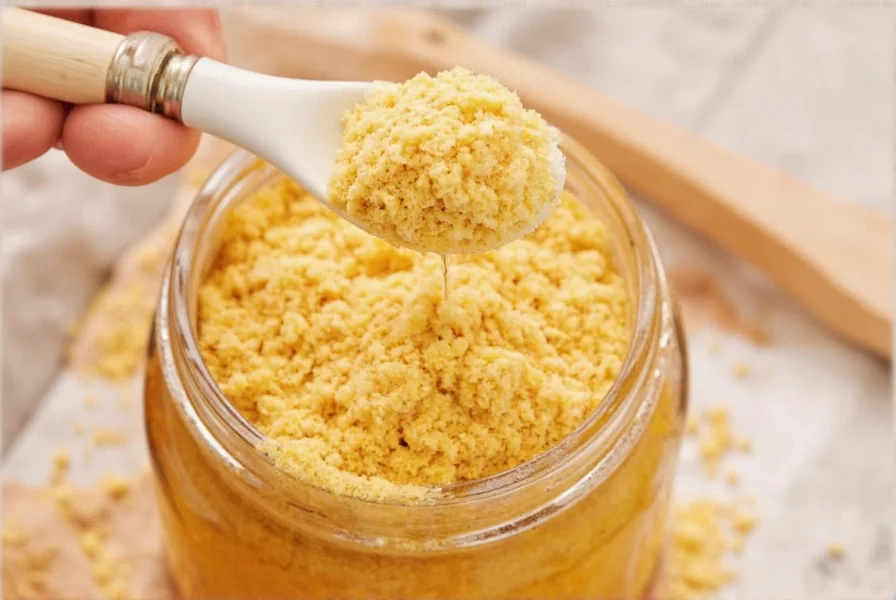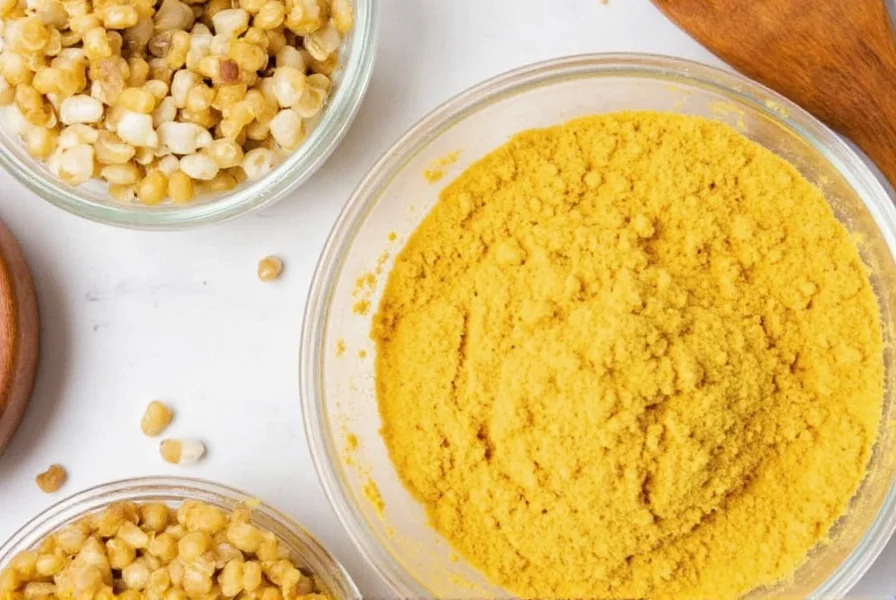Why You Can't Make Honey Powder at Home
No, you cannot make honey powder at home. Despite popular searches for 'how to make honey powder,' the reality is that honey powder production requires specialized industrial equipment like spray dryers. This process removes moisture from liquid honey under controlled temperatures to create a stable powder without altering flavor or properties. Home methods often fail because household tools cannot achieve the precise conditions needed.

How Honey Powder Is Actually Made
Honey powder is produced through industrial spray drying. Liquid honey is atomized into fine droplets and sprayed into a hot air chamber, where moisture evaporates instantly, leaving a dry powder. This method ensures consistent quality, precise moisture control (below 1%), and preservation of honey's natural flavor. According to the USDA Food Safety and Inspection Service, home attempts using maltodextrin or cornstarch cannot replicate this process and often result in clumping, spoilage, or unsafe moisture levels.
Where to Buy Quality Honey Powder
For safe and reliable honey powder, purchase from reputable brands that follow FDA and USDA standards. Look for products labeled 'spray-dried' with no additives. Recommended options include:
| Brand | Key Features | Best For |
|---|---|---|
| Honeyville | 100% pure spray-dried honey, gluten-free | Baking, coffee, smoothies |
| Wholesome Sweeteners | Organic, non-GMO, moisture-controlled | Health-focused recipes, low-moisture applications |
| Frontier Co-op | Wholesale quality, certified organic | Commercial use, bulk cooking |
Safe Home Alternatives to Honey Powder
For convenient honey use at home, try these practical alternatives:
- Honey granules: Crystallized honey ground into small granules (easy to make by refrigerating honey until solid, then grinding).
- Honey sticks: Single-serve liquid honey in sealed tubes for travel or on-the-go use.
- Honey-infused sugar: Mix honey with granulated sugar to create a dry, non-sticky sweetener for coffee or baking.
Frequently Asked Questions (FAQ)
Can I make honey powder at home using maltodextrin or cornstarch?
No. Home methods using maltodextrin or cornstarch do not produce true honey powder. They create a clumpy paste that lacks stability and may spoil quickly. Industrial spray drying is the only reliable method for moisture reduction below 1%, which home equipment cannot achieve.
What's the difference between honey powder and honey granules?
Honey powder is made through industrial spray drying, resulting in a fine, free-flowing powder with moisture content under 1%. Honey granules are crystallized honey ground into small pieces, with higher moisture content (5-10%). Granules are easier to make at home but are not interchangeable in recipes requiring dry powder.
How should I store honey powder?
Store in an airtight container in a cool, dry place away from light. Commercial honey powder has a shelf life of 1-2 years when stored properly. Avoid humid environments to prevent clumping or spoilage.
Can I use honey powder in baking?
Yes. Honey powder dissolves easily and doesn't add moisture, making it ideal for dry baking mixes like cookies or cakes. Use 1:1 by volume as a sugar substitute, but adjust liquid ingredients slightly since honey powder lacks the moisture of liquid honey.
Is homemade honey powder dangerous?
Yes. Home attempts often retain excess moisture, creating conditions for bacterial growth (like botulism spores in honey). The USDA warns against home methods due to safety risks. Always purchase commercial honey powder from trusted sources.
Conclusion
While honey powder offers convenience for cooking and travel, it's impossible to make safely at home. Industrial spray drying is the only proven method to achieve the precise moisture control and stability required. For home use, choose commercial honey powder from reputable brands or opt for safer alternatives like honey granules or sticks. Always prioritize food safety—never attempt home production of honey powder.











 浙公网安备
33010002000092号
浙公网安备
33010002000092号 浙B2-20120091-4
浙B2-20120091-4